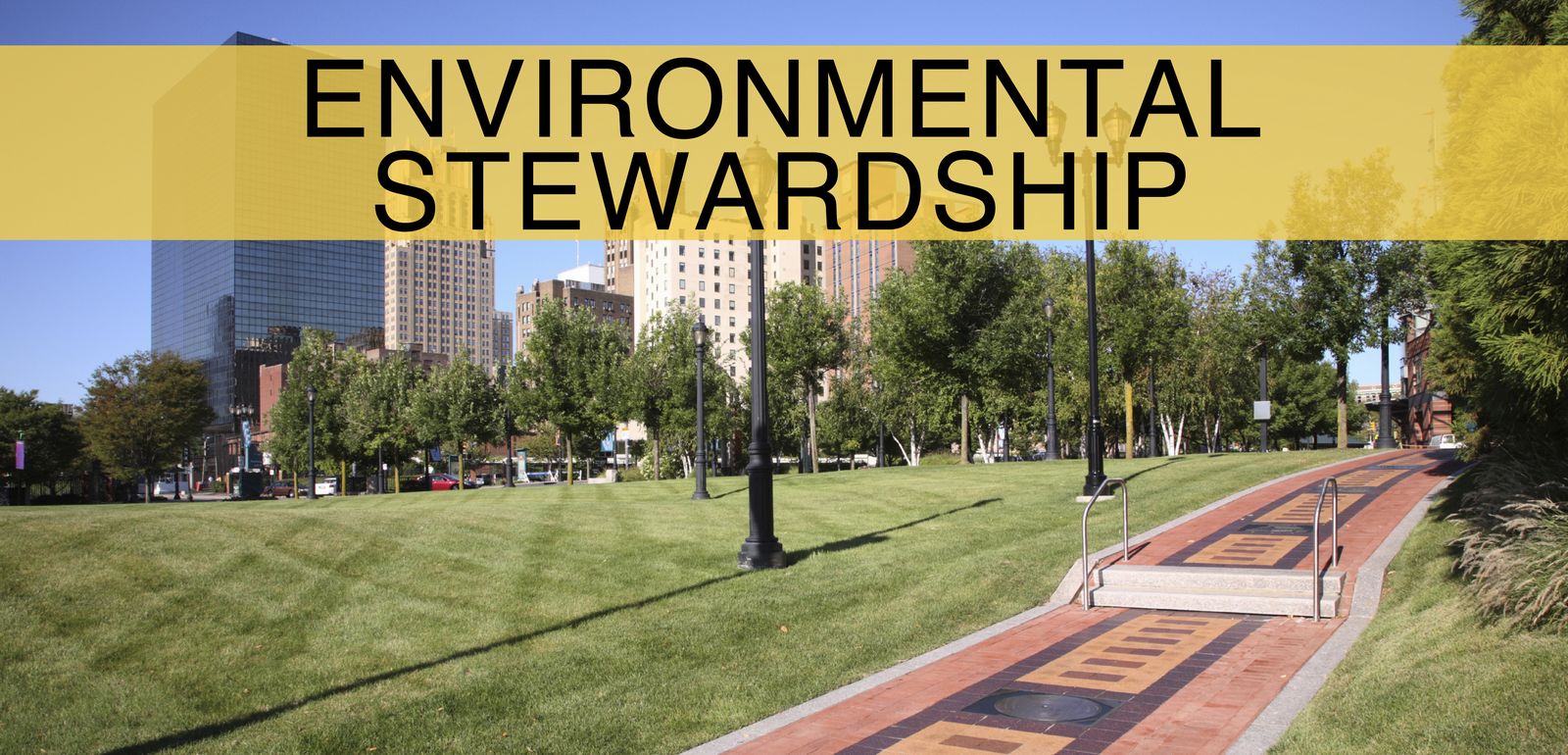HOW “GREEN” IS DEMOLITION?
Although the demolition industry has been environmentally responsible for many years, only recently with the intense interest in all things “green,” has attention focused on how demolition can sustain the environment. If recycling is among the highest ideals of the green movement, then demolition could be considered the ultimate pursuit. After all, demolition professionals recycle our most precious resource – our land – for re-use, whether for a new school, a housing development, or a new public park.Demolition companies process a huge quantity of our wastestream for re-use. This encompasses practices such as demolition debris recycling, environmental remediation, and architectural salvaging. These activities have become an increasingly important part of many demolition contractors’ businesses. For some Association members, recycling represents 20 to 50 percent of their annual revenue. Not only are they maximizing the use of re-useable and re-saleable materials, they are reducing landfill usage and resultant waste disposal costs.
Demolition companies process a huge quantity of our wastestream for re-use. This encompasses practices such as demolition debris recycling, environmental remediation, and architectural salvaging. These activities have become an increasingly important part of many demolition contractors’ businesses. For some Association members, recycling represents 20 to 50 percent of their annual revenue. Not only are they maximizing the use of re-useable and re-saleable materials, they are reducing landfill usage and resultant waste disposal costs.
With increasingly stringent local, state, and federal regulations that require the clean-up of facilities, soil, and groundwater before a demolition can be completed, many companies have expanded their services to all aspects of remediation, including the removal and disposal of asbestos, lead, mold, PCBs, above-ground and underground tanks, etc. Many firms are now staffed with technical managers, engineers, and an experienced HAZMAT labor force to support the effort.
Some contractors may perform demolition at no cost, or even pay the property owner to claim the rights to all recycleable materials.
Under LEED Credit MR2, projects can earn one point for diverting 50 percent of waste, two points for diverting 75 percent of waste, and an additional point under Innovation in Design for diverting 95 percent of waste.
While the most well-known green building rating system known as LEED (Leadership in Energy and Environmental Design) has no direct rating system for the demolition process, it does address the issue of brownfield redevelopment, which is a growing area for many demolition professionals. The intent is to rehabitate damaged sites where development is complicated by environmental contamination. By re-using this land, it reduces the pressure to build on undeveloped land.
The LEED system also addresses the issue of construction and demolition waste management. Under LEED Credit MR2, projects can earn one point for diverting 50 percent of waste, two points for diverting 75 percent of waste, and an additional point under Innovation in Design for diverting 95 percent of waste. Many National Demolition Association members routinely have recycling rates of 75 percent, while some recycle up to 100 percent of debris generated during a recycling project. There are, of course, economic realities that can affect how much debris can be recycled. Site owners must deal with tight timelines, stringent financing schedules, and difficult security issues. There is also the challenge of finding a viable after-market for certain materials.
A number of factors are impacting how and when landfills can be used for debris. Besides being incentivized by the sting of fines for not recycling an adequate amount of demolition debris and the need to comply with local ordinances, professionals have other reasons for avoiding landfills whenever possible. These include the increasing costs of landfill use, the benefit of tax credits such as those for LEED practices, new mobile recycling technology that makes on-site recycling possible, and heightened awareness about promoting a green and sustainable environment.
AFTER-MARKETS DICTATE RECOVERY Demolition contractors always factor investment recovery into their calculations of what a demolition project will cost. For instance, manufacturing equipment that is obsolete in the United States may be valuable in less developed countries. The after-market for steel and certain types of lumber have also spurred re-use and recycling. Materials at the top of the list of recycled demolition debris are concrete, asphalt pavement, metals, bricks/blocks, and wood, nearly all of which is separated out for transport or processed at the job site. Some projects promise to yield such a high amount of valuable recyclables, such as those with steel construction, that contractors may perform the demolition at no cost or many even pay the property owner to claim the rights to all recyclable materials.
On the other hand, some materials may present more challenges to a demolition professional contemplating their recycling. Drywall, for instance, can be recycled, but a number of issues involving things such as the age of the drywall (it may contain asbestos) and whether it was painted (it may have been painted with lead paint) negatively impacts its use. However, new recycling technology is always being developed and refined to handle the materials that are landfilled at this time.
In addition, the salvage industry has grown right along with the demolition industry. Usually, contractors are instrumental in achieving the goals of preservationists. The façade and many important architectural artifacts, woodwork, lighting, and plumbing fixtures are either removed for re-sale or preserved in a building when its interior is gutted and renovated to incorporate modern conveniences and energy-efficient equipment.
With over 600 member companies, the National Demolition Association is broadening its scope to include all professionals involved in the demolition process, including general contractors, civil engineering firms, and recycling, landfill, and salvage operations. The Association has dedicated itself to keeping members and regulators well informed about environmental issues so that the industry can continue to work in an environmentally responsible manner, while contributing to the health and growth of the economy.

